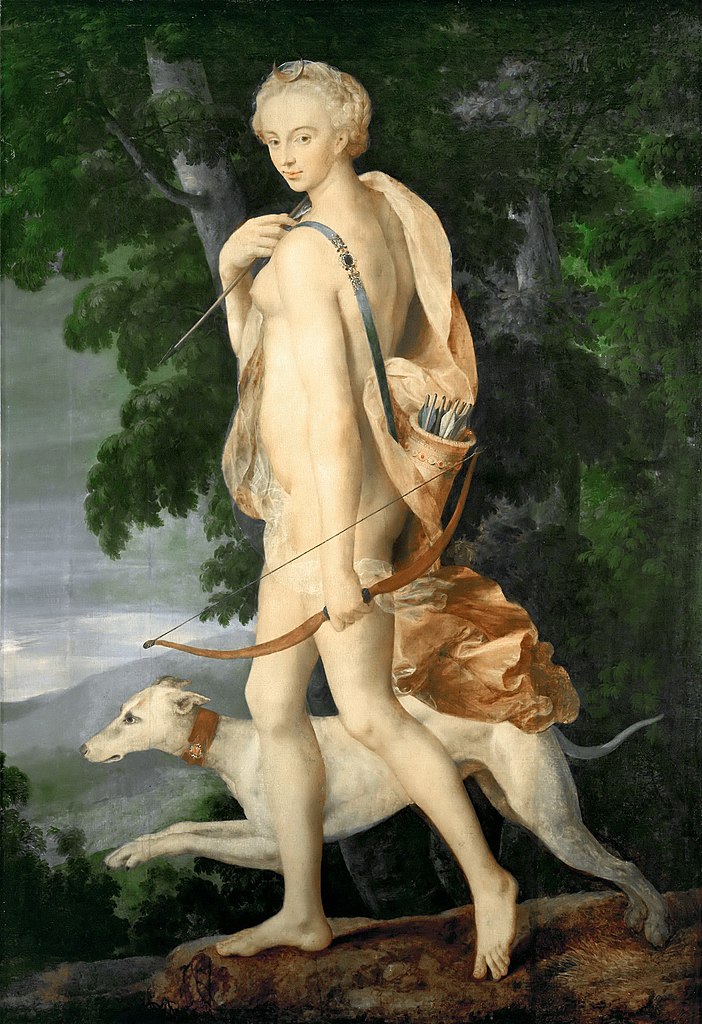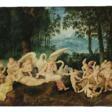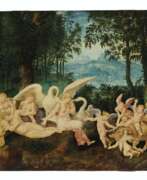School of Fontainebleau

School of Fontainebleau
The School of Fontainebleau, a significant art movement in France during the late French Renaissance, was crucial in shaping Northern Mannerism. Centered around the royal Palace of Fontainebleau, this school represented the first major introduction of Italian Mannerist art to France.
The School is divided into two periods. The first school, active from around 1530 to 1594, included artists such as Rosso Fiorentino, Francesco Primaticcio, and Niccolò dell'Abbate. These artists, predominantly Italian, were commissioned by Francis I to decorate the Palace of Fontainebleau. Their work was characterized by an elegant combination of painting, sculpture, and decorative arts.
The second School of Fontainebleau, from 1594 onwards, under Henri IV's reign, involved artists like Ambroise Dubois, Toussaint Dubreuil, and Martin Fréminet. Their late mannerist works continued to use elongated forms and crowded compositions, often depicting mythological scenes.
For art collectors, auctioneers, and experts, the School of Fontainebleau represents a pivotal moment in the history of art, where Italian and French styles merged to create a unique visual language. The artworks from this school, found in museums and galleries, are prized for their intricate designs and historical significance.
Stay updated on sales and auction events related to the School of Fontainebleau by signing up for our newsletter. This service will provide you with the latest information on opportunities to explore and acquire works from this influential art movement.
| Country: | Europe, France |
|---|---|
| Start of the period: | 1530 |
| End of the period: | 1620 |

